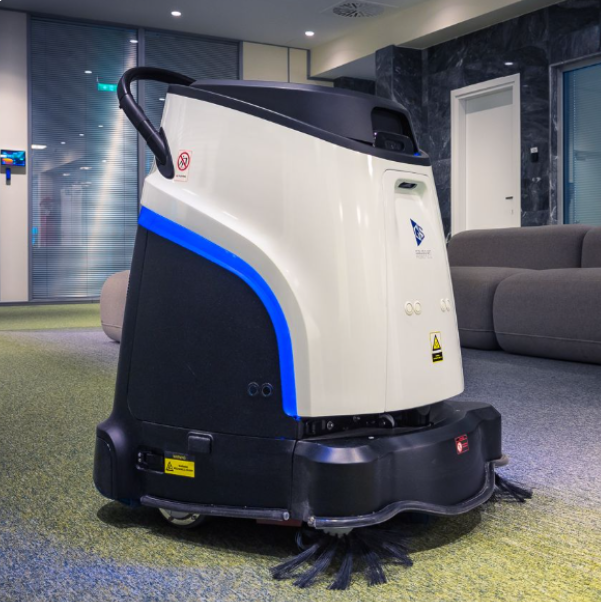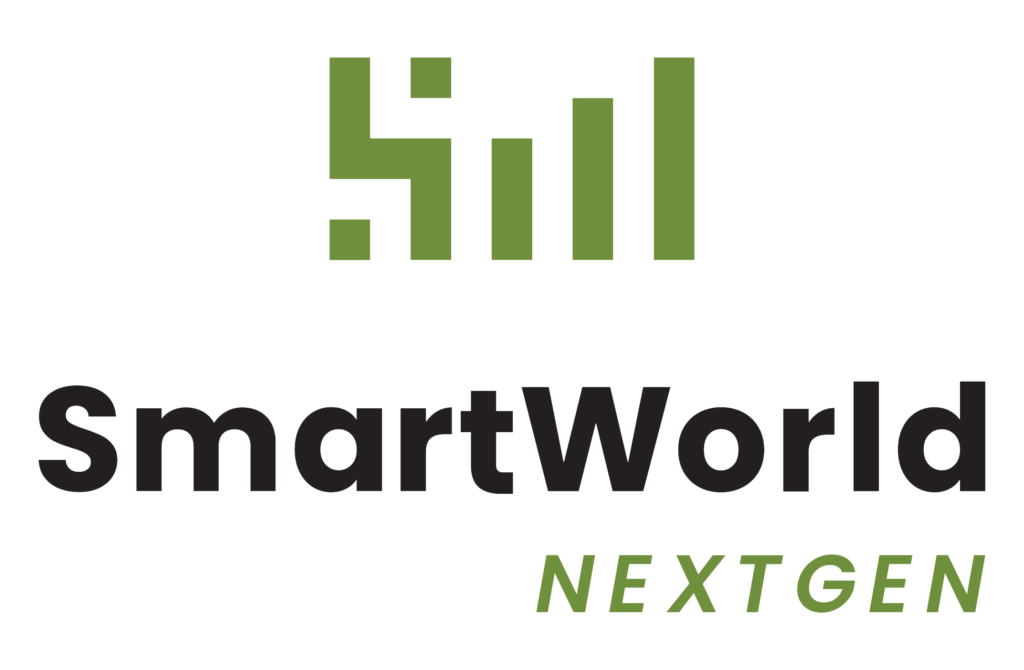Robotic Solutions for Education:
Streamlining Support Services for Smarter Learning
Library Automation and Book Delivery
One of the most impactful applications of robotics in education is in library support. In large institutions where libraries span multiple floors and contain vast collections, robots can assist in automating book delivery and returns. These systems typically use autonomous navigation to locate requested materials and deliver them directly to pickup points or reading areas. This minimizes the time staff spend on repetitive retrieval tasks and allows them to focus more on student support and information services. The result? Faster access to resources, less physical strain for staff, and a more modern library experience that aligns with students’ expectations for convenience and speed.
Campus Logistics and Facility Maintenance
Robots are also being deployed across campuses for logistical tasks such as delivering documents, supplies, or even meals to various departments. In educational institutions where coordination across buildings or departments is essential, these robots provide a reliable and efficient alternative to human-run errands. In addition, autonomous cleaning and disinfection robots are becoming increasingly common in schools and universities. These robots help maintain high standards of hygiene, especially in shared spaces like libraries, labs, and cafeterias. They operate on scheduled routes and can be programmed to adapt to the daily needs of a facility without interfering with students and staff


Efficiency, Safety, and Engagement
One of the key advantages of robotic solutions in education is their ability to work autonomously, consistently, and safely. Whether used for monitoring, cleaning, or interacting with students, they reduce the workload on staff, minimize human error, and help institutions maintain a safe and structured environment. Robots can also be designed with user-friendly interfaces that make them approachable and even enjoyable for students to interact with— creating a sense of curiosity and engagement that traditional systems often lack.
